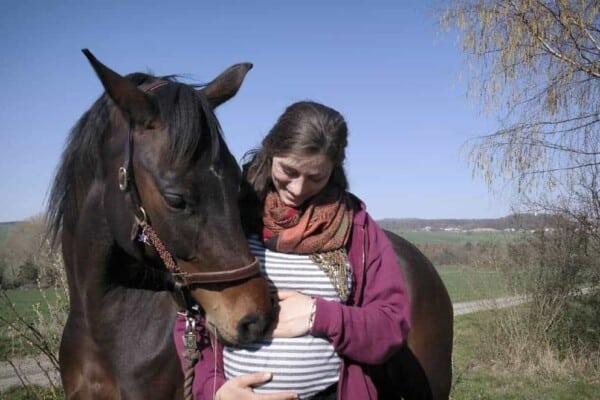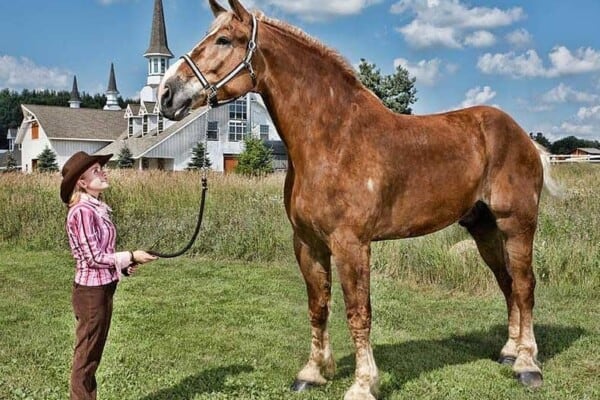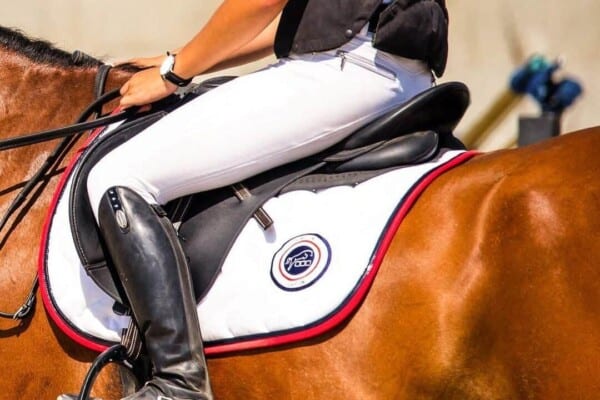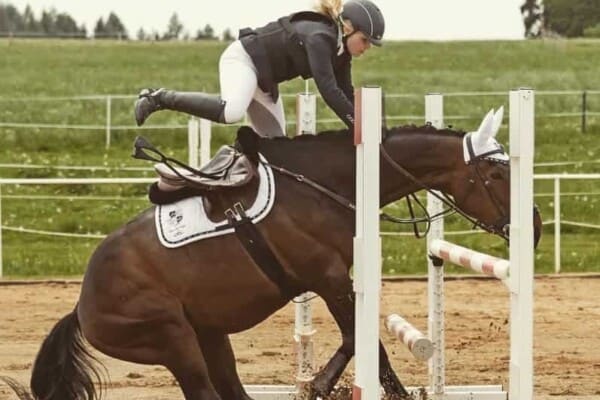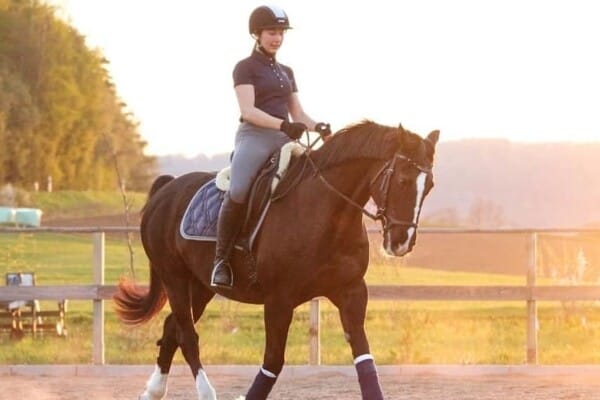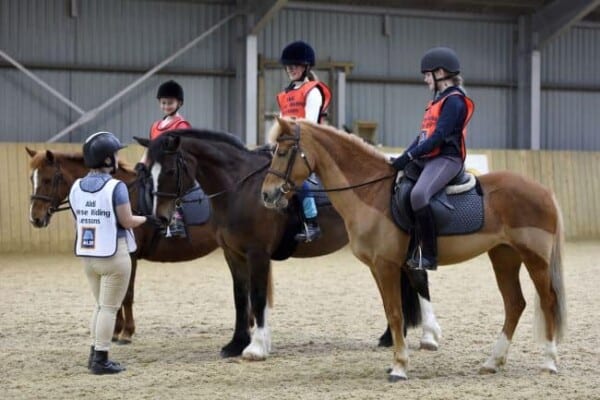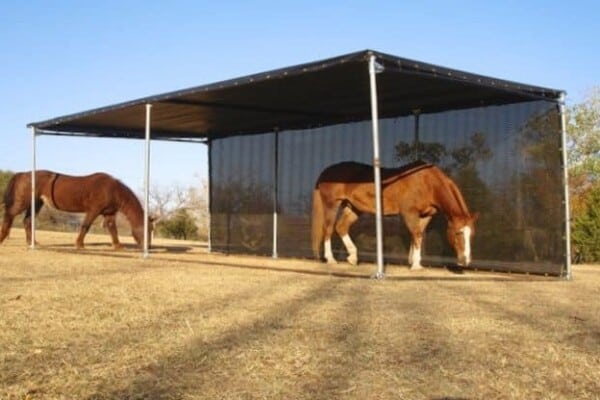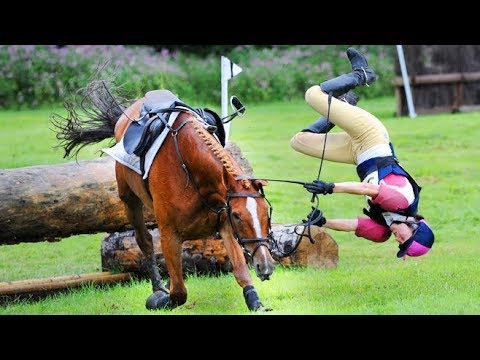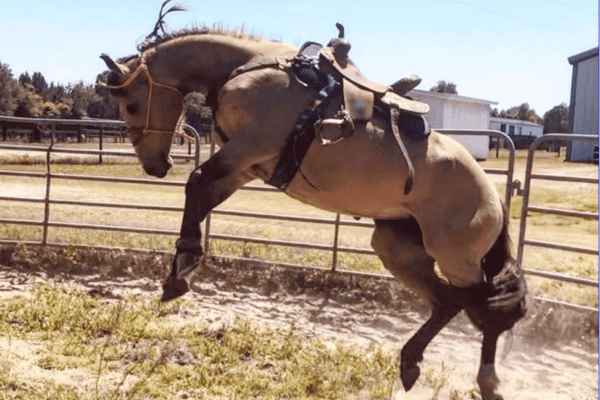Getting the distance correct when jumping a fence is one of the hardest parts of jumping. If you watch a professional jumper, one of the things you will notice immediately is how easy it seems for them to get the perfect distance for the jump. Their canter into the fence seems effortless and the horse nearly always ends up in a perfect jumping position.
The term ‘seeing the stride’ is often used when advising riders on how to jump a fence. The phrase is often overused and can be confusing for some people as the ‘seeing the stride’ is not something to be done in isolation but rather encompasses a number of things.
My interpretation of the phrase is to control the horses stride pattern in order to put the horse in an optimum position to jump the fence well. Here are some helpful tips that may help you to see the stride.
See the fence early
Seeing the fence early allows you to get on the correct line which is vital if you want to see your stride. Knowing the course well is key if you are to see the fence early, so take the time to learn the course before your round starts. Seeing the stride is impossible if you are no on the correct line.
Work on lengtening and shortening strides
Being able to control the canter is the secret to seeing the stride. If you have the ability to shorten or lengthen the canter you will find jumping significantly easier (and less stressful!) This ability gives you much more options during your round and will ensure that you don’t just arrive at the fence.
Lot and lots of flatwork is the best way to develop your canter control skills. As you get better at it you can start to introduce jumps into the equation.
Stay Calm
This one might seem obvious but is very important. If you are an anxious rider it is going to be very difficult to see your stride. The horse will also pick up on your anxiety and this will affect their movement. This will further impact your ability to relax and feel the rhythm. Feeling and maintaining a good rhythm is key to jumping well.
However the good news is that staying calm is something that you can work on. The more you practice jumping the more confidence you will get which will help with your nerves. There are other options such as mindfulness and yoga which will teach you to control your breathing which is key to keeping your composure.
Use poles to practice
Practice poles are a great aid to help you learn where and when to take off. There are lots of good exercises you can do with poles to help you work on different aspects of your riding.
My favorite way to work on rhythm is to have a series of placing poles on the approach to the jump. By adjusting the distance between the poles you can change the length of the horses stride.
Learn to count
Counting is something that you may do already but it is something that you can work on too. Counting out loud is a great way to see if your estimate of distance is correct. As you approach the fence try counting down from four. As you get more accurate you can begin counting from a further distance out. Counting out loud allows you to focus and can set up nicely for the jump



